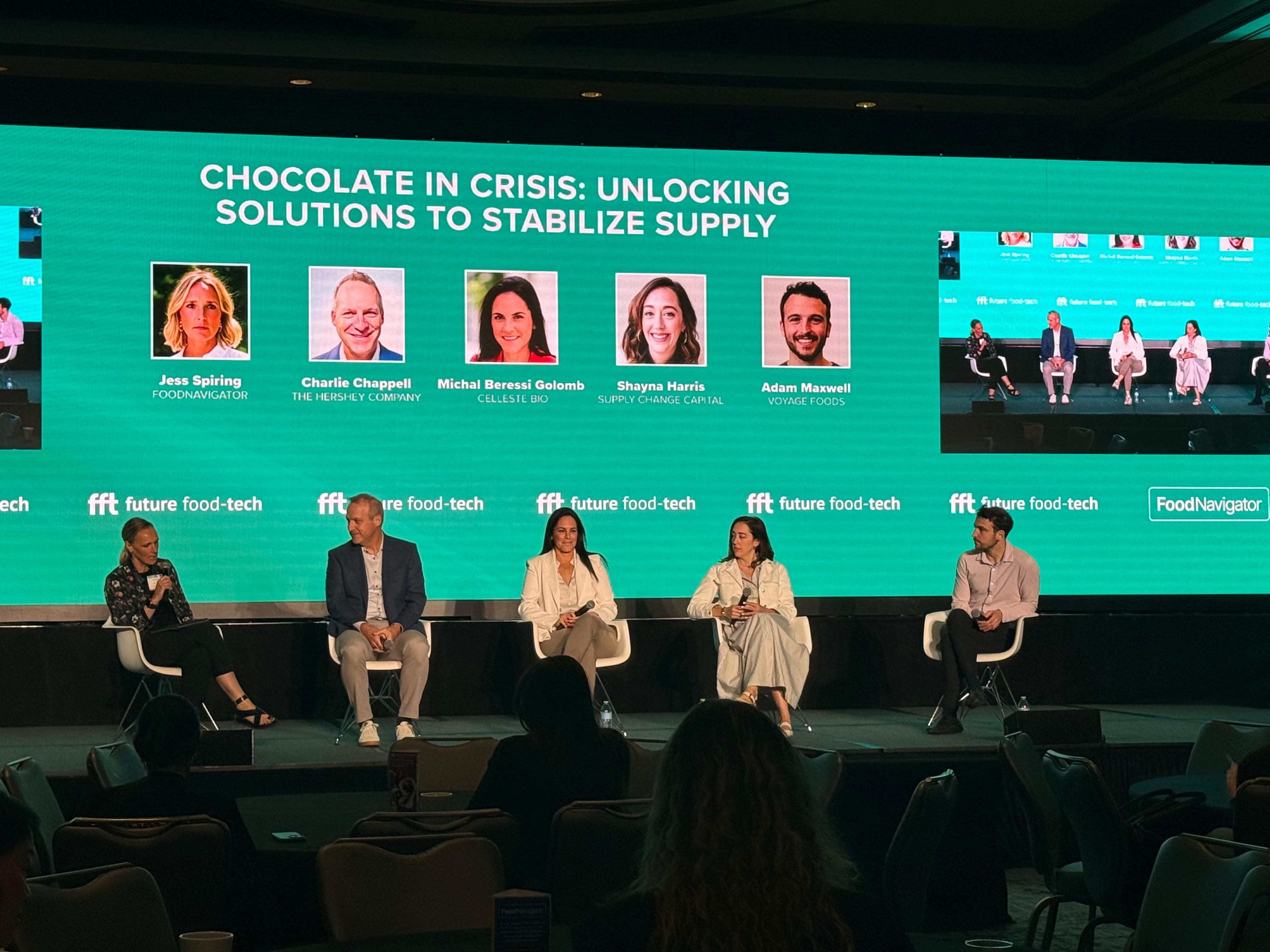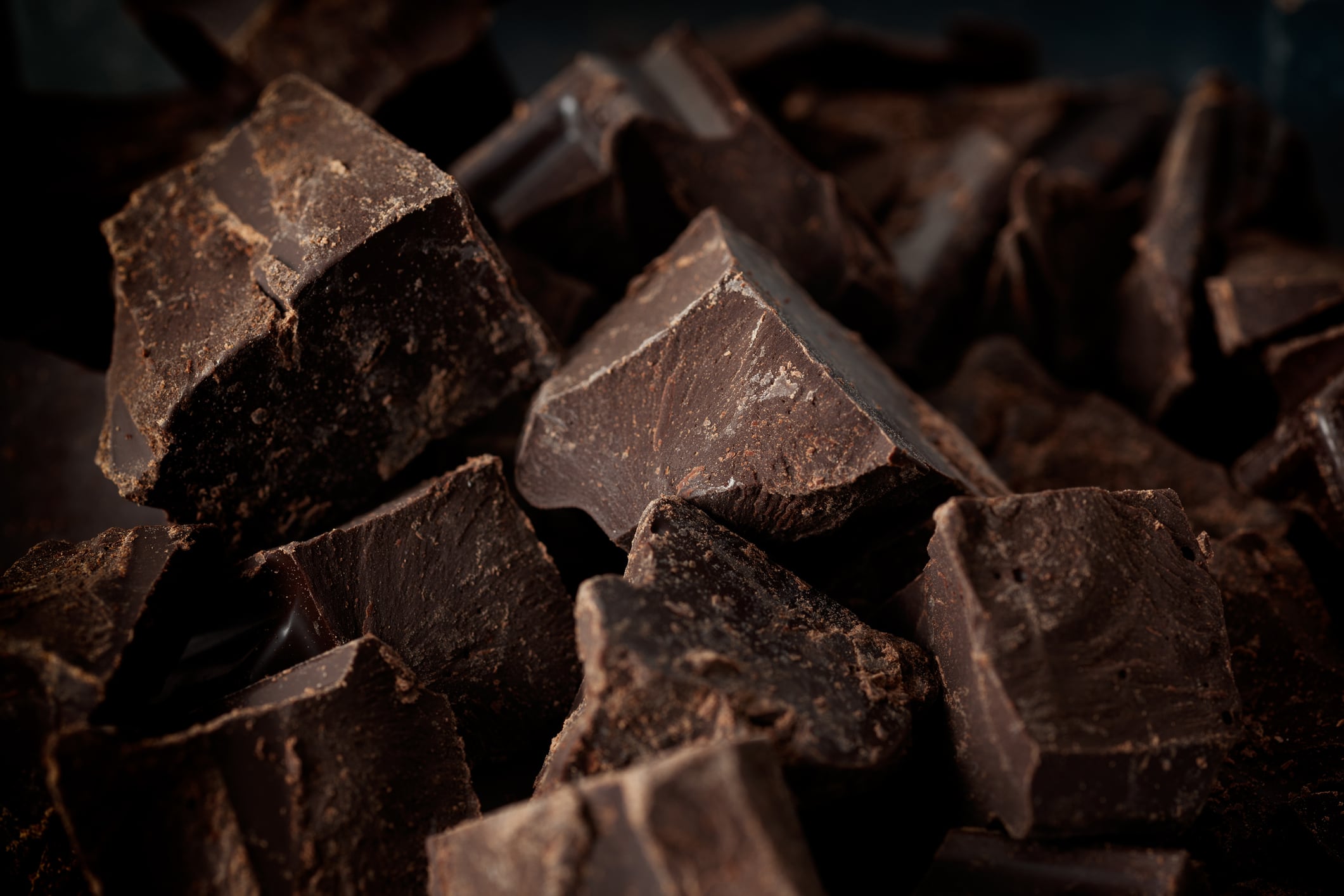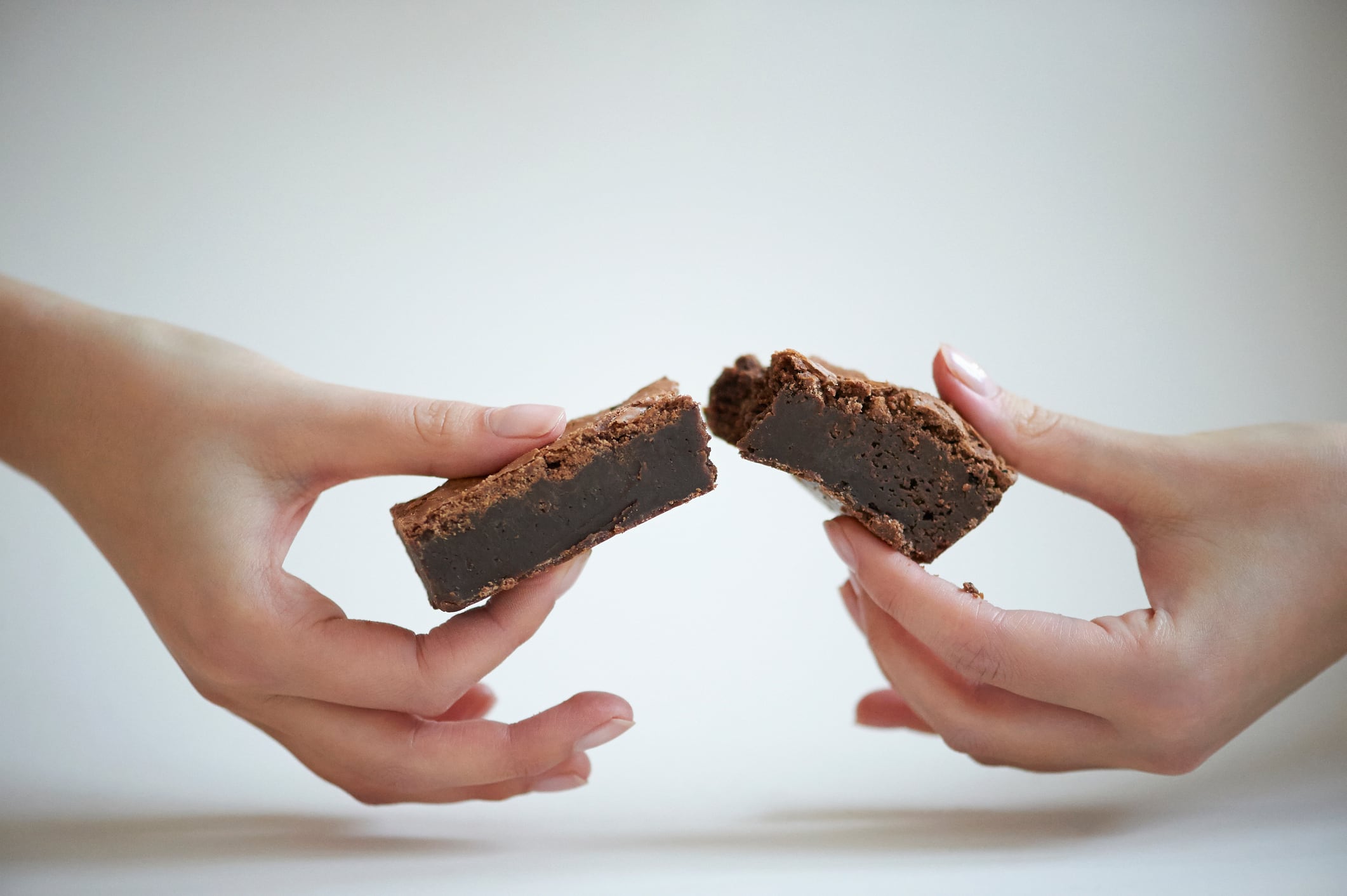Cocoa is in crisis. Driven by climate change, disease, speculative trading and chronic underinvestment, prices hit an unprecedented $13,000 per metric ton late last year – a spike that’s rattled the foundations of the chocolate industry.
But while this surge may seem exceptional, long-term instability is becoming the new normal. “This volatility is absolutely going to continue,” said Shayna Harris, co-founder and managing partner at Supply Change Capital. “It’s been projected to be volatile really for the last 15 years… With fluctuations of $500 to $800 a day, how do traders do the job they did in the past? It’s very hard to make solid bets for your company.”
Rethinking innovation in a volatile market
Legacy players and disruptors alike are re-evaluating what chocolate looks like and how much cocoa it contains. For Hershey, that means diversifying the product portfolio and leaning into non-traditional formats.
“What you’re not seeing is a lot of innovation in pure chocolate,” said Charlie Chappell, head of innovation and R&D at Hershey. “Instead, what you are seeing is the addition of ingredients besides chocolate such as inclusions, wafers, layers… It’s all about texture. We’ve just launched a caramel-filled Hershey square designed to fit perfectly on a graham cracker, to make s’mores. They’re selling like crazy.”
Oher recent launches from Hershey include cinnamon toast–flavoured Kisses and a PB&J Reese’s Cup – innovations that deliver novelty without reliance on cocoa. But longer-term, alternative chocolate ingredients may be part of the solution.
“We’re in the experimentation phase, really looking at all the alternatives,” said Chappell. “It’s just a natural part of reformulation.”

Cocoa without the tree
One of the most advanced players in the alternative cocoa space is Israel-based Celleste Bio, which is producing cocoa butter and powder using cell culture. “You take one bean from one pod – never cutting down a single tree again – to create and produce real cocoa identical to traditional cocoa butter,” said CEO Michal Beressi Golomb.
Using a proprietary computational modelling platform, Celleste is focused first on cocoa butter, which is the most unsustainable and high-value input in a chocolate bar. “We’re finding a way to do it sustainably, year-round, anywhere in the world and also to stabilise the supply and the cost for manufacturers.”
With backing from Mondelēz International’s SnackFutures venture arm, Celleste aims to reach commercial scale by 2027, while awaiting regulatory approval. “We need to go through GRAS and novel food approval processes,” says Golomb. “We’re preparing our submissions now. We’re working closely with regulators, industry partners and even competitors to shape the right framework. Since our product is bioidentical to traditional cocoa butter, the safety profile is the same. We don’t expect standards of identity or labelling to change – it’s still real cocoa.”
Chocolate without the cocoa
Voyage Foods meanwhile, takes a more radical approach by recreating chocolate’s flavour, aroma and texture from unrelated plants. “There’s nothing inherently endogenous to cocoa that doesn’t exist in other plants,” said CEO Adam Maxwell. “What we know and love is a product and a process… If you eat a cacao seed, it doesn’t taste like chocolate, but more like black tea or tropical fruit.”
Voyage’s cocoa-free product uses ingredients like grape seeds and standard fats to mimic chocolate and, crucially, sidestep regulatory hurdles. “One of the beautiful things with making food out of food… we don’t need to get those types of approvals,” Maxwell noted.
It’s a strategy that makes the path to market quicker and cheaper. “From a regulatory standpoint, it’s not better, but maybe more efficient, by using traditional food and traditional food manufacturing,” he says.
The cost–taste–tech equation
But whether the product is cell-based or cocoa-free, success comes down to the same three factors: price, taste, and usability.
“Taste… is true for everything in food,” said Chappell. “That has to be the benefit at the end of the day if you’re going to persuade the consumer to buy this product over something else.”
“But price is very, very critical,” says Harris. “We’re past a stage where folks are just really going to invest in a start-up based on novelty or a sustainability story… capital is not available for it,” said Harris. “If you don’t have the trifecta of taste, price and utilisation, you’re funding a great science experiment.”
Consumers are watching
There’s one other newly emerging barrier that might scupper the success of cocoa alternatives: the unpredictability of the modern consumer. “All it takes is one TikToker to say something’s bad, whether the science says they’re right or not,” says Chappell. Uncertainty surrounds consumer attitudes around sustainability too, meaning one clear advantage for cocoa alternatives may not resonate with shoppers, especially those in the US. “We have not seen sustainability to be that strong here in the US,” said Chappell. “Will that change over the next two, three, five years? We’ll see.”



